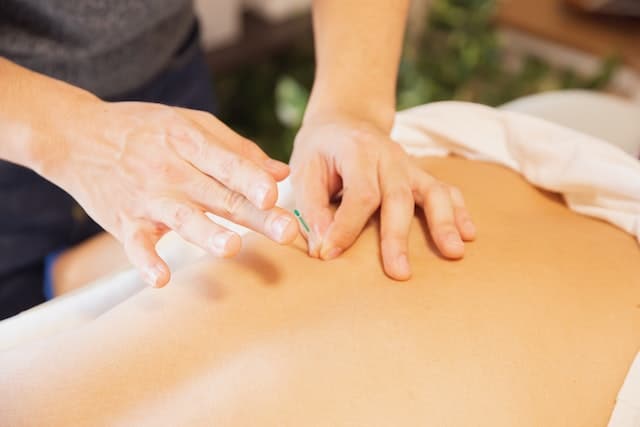
Contents
Boosting your resting heart rate from normal resting heart rate to increase blood flow and enhance performance
Heart disease and high blood pressure – two cursed terms in the world of medicine. After all your heart is one major component that keeps everything ticking, so when it’s comprised you might face another type of clock.
However, our hearts aren’t there to just keep us alive. At least, we can use it for more than that. With an elevated resting heart rate, for example, we’re able to prime our bodies for athletic performance by transporting oxygenated blood around our bodies to keep our muscles optimised.
Naturally, it’s important to take it easy when it comes to the heart. So while we’ll be improving certain areas we have to be mindful of others. In any case, the start to our ‘taking it easy’ involves reading this article…
Let’s start our journey to bettering your resting heart rate with a short read, now. We’ll walk through risk factors, lower resting heart rate techniques, and ultimately give you enough oxygen-rich blood to fuel your fitness.
Resting heart rate
Self Hacked gives a great definition below –
”Your resting heart rate, or pulse, is measured when you are still, calm, and not partaking in any physical activity. It is calculated as the number of heartbeats per minute.”
Whilst it’s important to refrain from building your resting heart rate excessively (Check out tachycardia), having a well-optimised resting heart rate, relative to your body’s functional needs, is exactly what you should be aiming for to help increase your athletic performance.
To evidence, the need for a balanced resting heart rate, symptoms of both low and high can be show-stopping.
Low heart rate symptoms include lightheadedness, fatigue, fainting, poor cognition and shortness of breath. On the contrary, heart health is affected directly by a high resting heart rate: chest pain, weakness, flushing, palpitations, and more.
So, to avoid health risks like a congenital heart defect, heart rhythm disorder and obstructive sleep apnea, what exactly should you be doing to find and obtain that healthy heart balance?
Diet

Before even thinking about physical exertion the right diet needs to be in place. For example, if high cholesterol or blood pressure becomes an issue, your ability to balance your heart rate will be at risk. You should – eat a variety of nutritious foods, including whole grains like farro, organic fruits and vegetables, lean proteins and wild-caught fish.
L-Carnitine
Taking 2,000 milligrams of L-Carnitine (An amino acid) will help to improve your resting heart rate by increasing heart fatty acid metabolism, improving your heart rate and reducing low resting heart rate issues.
Acupuncture

Acupuncture is proven to help with heart disease and cardiovascular health. In part, by reducing stress in the body, acupuncture helps your heart to perform in a more stable manner. It aids in raising your heart rate by reducing the issues that come with the slowing effects of low heart rate causes.
Conclusion
These are just a few ways to help improve your heart rate. As ever, there are many ways to navigate athletic improvements so do the research and choose which fits your needs best.
FAQs
How many heart beats per minute are dangerous?
About 50-70 beats per minute are ideal.
**Learn how to work out max heart rate. Read more.